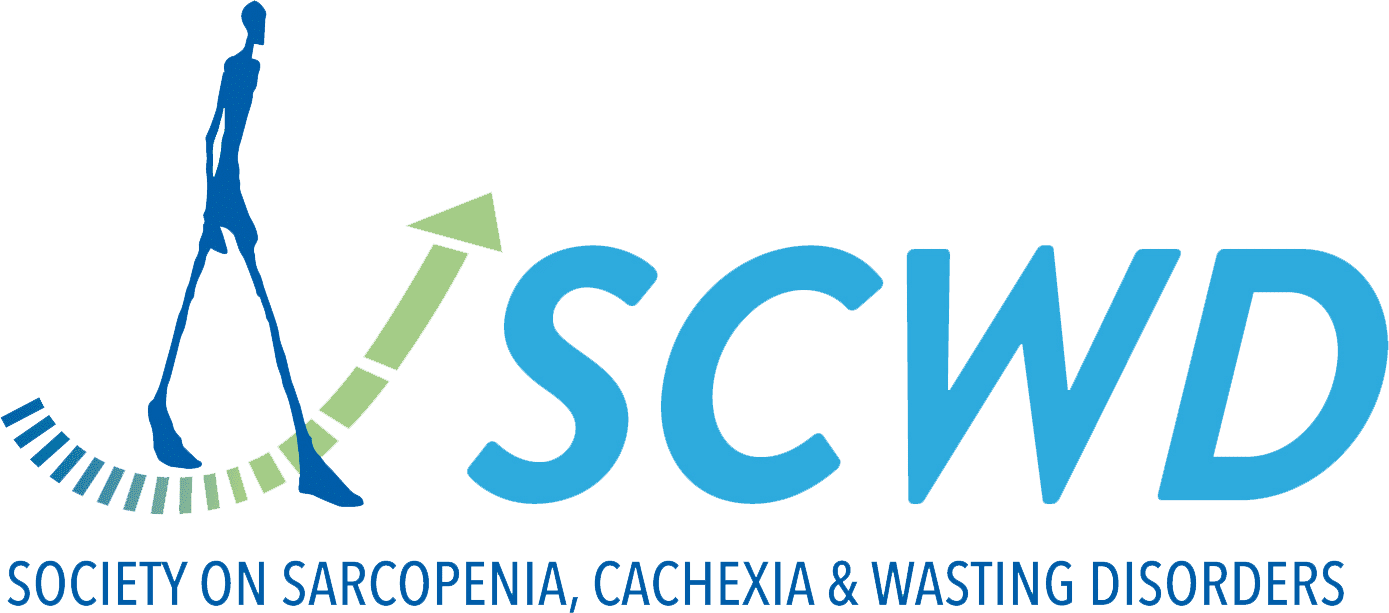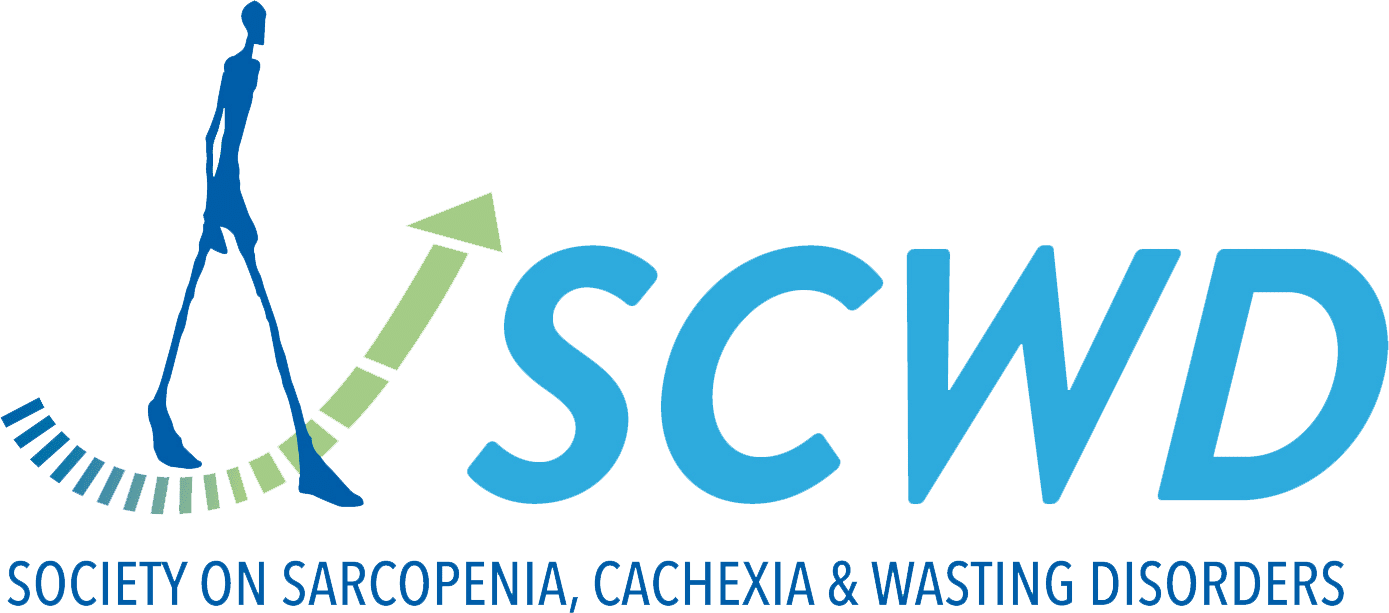Secreted protein acidic and rich in cysteine-guided biomimetic delivery of nano-antioxidants reverses muscle atrophy in a mouse model of sarcopenia.
Sarcopenia is currently classified as an unmet medical need with an increasing incidence because of population aging. Excessive reactive oxygen species (ROS) production plays a critical role in the pathogenesis of muscle atrophy, a key feature of sarcopenia, whereas edaravone...


